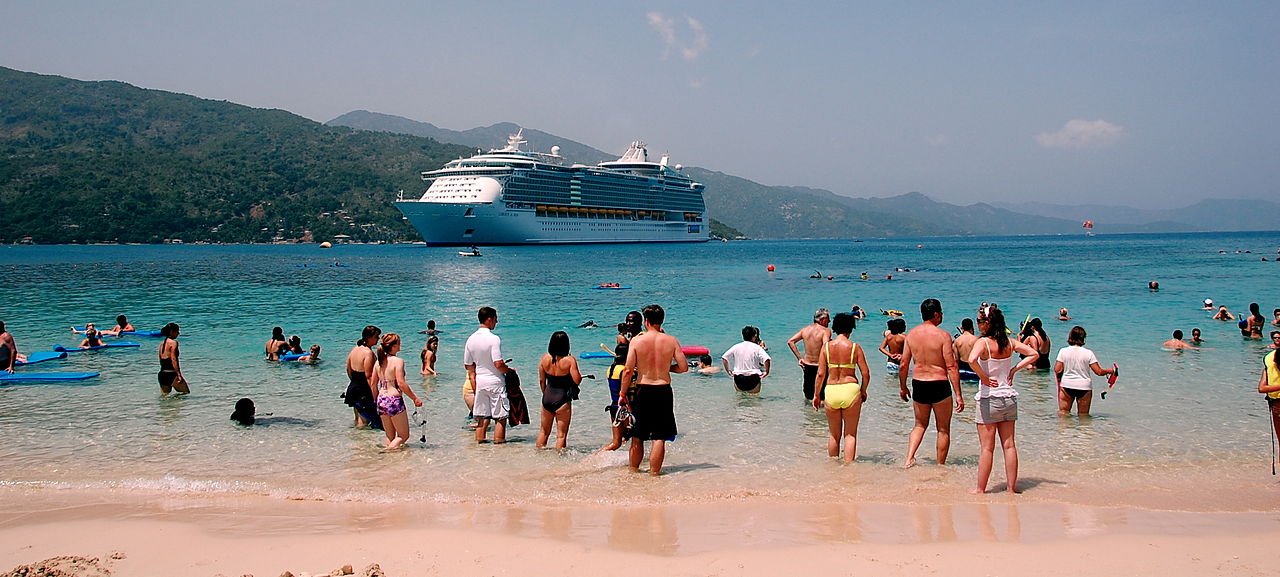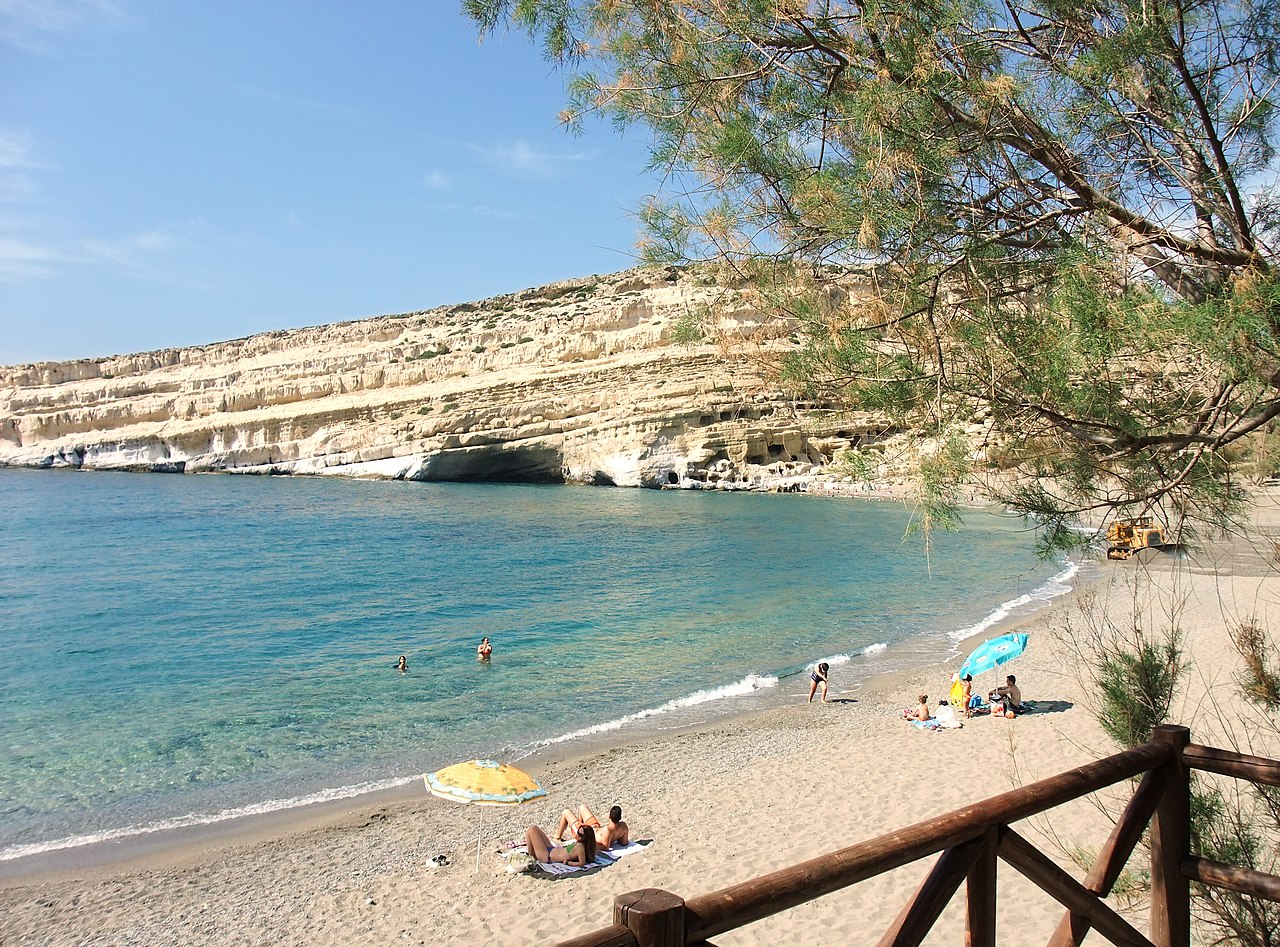David Wilson
Contributor
A Happy New Year to all, thanks to Iowwall and Luis for the likes and to JMBL for the post.
 We start today with the Nemrod Tarzán snorkel-mask, named after Edgar Rice Burroughs' fictional archetypal feral child Tarzan raised in the African jungle by the Mangani great apes, later experiencing civilization, only to reject it and return to the wild as a heroic adventurer. The Tarzán snorkel-mask in the 1950s:
We start today with the Nemrod Tarzán snorkel-mask, named after Edgar Rice Burroughs' fictional archetypal feral child Tarzan raised in the African jungle by the Mangani great apes, later experiencing civilization, only to reject it and return to the wild as a heroic adventurer. The Tarzán snorkel-mask in the 1950s:
 Spanish: "Mod. 2032. — Gafa m. TARZÁN, con montura de goma y cristal ovalado. Respirador lateral, con boya".
Spanish: "Mod. 2032. — Gafa m. TARZÁN, con montura de goma y cristal ovalado. Respirador lateral, con boya".
Rough translation: "Mod. 2032. — TARZÁN Goggle with rubber frame and oval glass. Lateral breathing tube with float (valve)".
1955
 Spanish: "PS/2032. Lentes Asteria modelo Tarzán con tubo respirador de boya".
Spanish: "PS/2032. Lentes Asteria modelo Tarzán con tubo respirador de boya".
Rough translation: "PS/2032. Tarzán Asteria model face-plate with float valve snorkel".
1961
 Spanish: "PS/2032. — TARZÁN. — Gran máscara con montura de goma que cubre cara y orejas. Con cristal panorámico, provista de aro metálico de seguridad. Lleva acoplado tubo respirador con boya. Especial para adultos y muy indicada para turismo submarino".
Spanish: "PS/2032. — TARZÁN. — Gran máscara con montura de goma que cubre cara y orejas. Con cristal panorámico, provista de aro metálico de seguridad. Lleva acoplado tubo respirador con boya. Especial para adultos y muy indicada para turismo submarino".
Rough translation: "PS/2032. — TARZÁN. — Large mask with a rubber mount that covers the face and ears. With panoramic glass, equipped with a metal safety ring. It has attached a snorkel with a buoy. Special for adults and very suitable for underwater tourism".
1964
 Identical caption. So a large snorkel-mask offering a wide field of vision. Featured a single breathing tube topped with a float valve to shut off the air supply when submerged. Note the change of float valve from a hinged cork float to a more engineered design. Reinforcing band around the lens and a harness to retain the mask on the head.
Identical caption. So a large snorkel-mask offering a wide field of vision. Featured a single breathing tube topped with a float valve to shut off the air supply when submerged. Note the change of float valve from a hinged cork float to a more engineered design. Reinforcing band around the lens and a harness to retain the mask on the head.
Further imagery:


Rough translation: "Mod. 2032. — TARZÁN Goggle with rubber frame and oval glass. Lateral breathing tube with float (valve)".
1955
Rough translation: "PS/2032. Tarzán Asteria model face-plate with float valve snorkel".
1961
Rough translation: "PS/2032. — TARZÁN. — Large mask with a rubber mount that covers the face and ears. With panoramic glass, equipped with a metal safety ring. It has attached a snorkel with a buoy. Special for adults and very suitable for underwater tourism".
1964
Further imagery:









